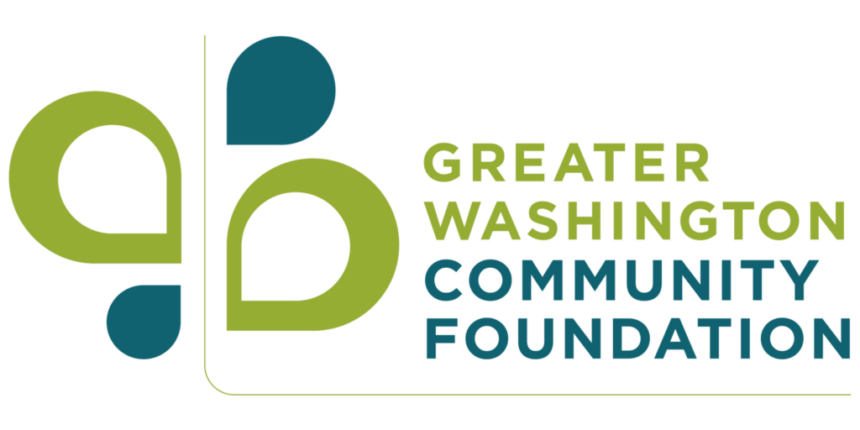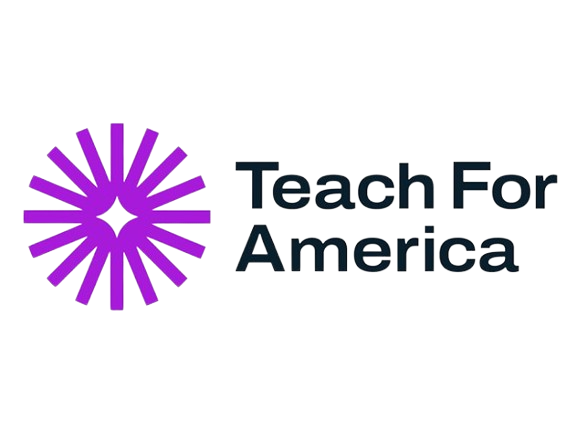COVID-19 Briefing: The Latest on the Vaccine
Scientists are making incredible progress in developing a COVID-19 vaccine, but there is still a long road ahead before the average American can get vaccinated. In this webinar, experts discuss the challenges of vaccine distribution and how employers can help make a widespread, rapid vaccination campaign successful.
Moderator:
Dr. Pooja Kumar, Partner, McKinsey & Company
Panelists:
- Eugene Laney, Head of International Government Affairs, DHL Express USA
- Dr. Lisa Lockerd Maragakis, Senior Director of Infection Prevention, The Johns Hopkins Health System
- Dr. Samir Balile, Clinical Pharmacy Program Manager, Giant Food
Watch the Recording
Read the Summary
What are you doing to prepare for the vaccine?
Dr. Lisa Lockerd Maragakis, Senior Director of Infection Prevention at the Johns Hopkins Health System, said that the healthcare community must stay focused on the present. Their first priority is to make sure they can handle this current surge in COVID-19 cases. They are ensuring they have the supplies and staff to absorb the rising wave of COVID-19 patients which has yet to crash. They are focused on the basics of prevention—avoiding gatherings, wearing masks, etc. They are laser focused on strategies to maintain the healthcare workforce, which includes stressing the need for those workers to avoid exposure in their lives. Expecting hospitalizations and fatalities to increase over the coming weeks and months, Dr. Maragakis said this is a sobering time.
Eugene Laney, Head of International Government Affairs at DHL Express USA, said they are preparing for vaccine distribution using what they learned in distributing personal protective equipment (PPE). They know they need to prepare to deploy vaccines rapidly to places with growing outbreaks. But they must also work through capacity restraints, since they also have other delivery responsibilities, particularly e-commerce during the holiday season. They also need to plan for moving vaccine deliveries through areas with poor infrastructure and regulatory challenges.
Dr. Samir Balile, Clinical Pharmacy Program Manager at Giant Food, said that they are working through many unknowns. He offered an analogy: “We are told we are going to be hosting a dinner party, but we don’t know how many people, when they will show up, or what we are serving.” They are therefore staying focused on what they already know they can do, such as making sure all pharmacies have functioning freezers to store the vaccine and pharmacists have PPE. They anticipated a significant shortage in supplies such as needles, alcohol wipes, etc., so they are procuring what they can and trying to prepare as best as possible, but are waiting on more direction and assistance from the state department of health.
What are the biggest challenges ahead of us?
Eugene Laney elaborated on the logistical issues of widespread and rapid vaccine deployment. First, centralized production of the vaccine or related supplies (like needles) make us vulnerable to supply chain challenges; he cited needing to bring in supplies that are manufactured in China but struggling to do so because the US and China are in a trade war. He also described the challenges of sorting out counterfeit supplies. Dr. Maragakis added that her medical center had received PPE with mysterious labeling and questioned if it was medical grade. With very high demand for these materials and complicated international supply chains, it can be difficult to ensure product quality.
Eugene Laney and Dr. Maragakis also described the challenge of distributing a vaccine that must be kept cold—and in the case of some vaccines, must be kept extremely cold. This requires freezers or even special deep-freezers on shipping vehicles, in storage facilities, and in the offices were vaccinations occur. Eugene Laney described the difficulty in maintaining product integrity in situations where a country uses a paper import management system, leaving vulnerable products on a hot tarmac until the paperwork can be filed. (To distribute the quantity of vaccine needed, distributors must be prepared to distribute all vaccines, including the ones that must be kept in deep-freeze.)
Beyond the logistical challenges, Dr. Maragakis described the messaging challenge of convincing the US population to take the vaccine and providing accurate information on how and when to do so. She cited the lack of coordinated leadership from the federal government as a major disadvantage because it is hard to coordinate the message and actions of many different public health entities scattered across the country. She stressed the need for a national, robust vaccination campaign.
Dr. Balile explained that Giant and others involved in vaccinating the public need to think about how they can reach the populations that have been hardest hit, which are typically low-income. Giant is looking into a mobile immunization unit using an Air Stream so that they can provide immunization to communities outside of the range of their stores in a safe way.
What can employers and the public do to help make this vaccination campaign successful?
Dr. Maragakis explained that we still do not know whether any of the vaccines nearing FDA approval stop contagion to unvaccinated individuals and how long immunity will last. People should expect to continue to practice some social distancing measures until this is figured out. She recommends that employers continue to uphold practical policies that stop or slow the spread of COVID-19 within their facilities and serve as trusted providers of information for employees.
Dr. Balile echoed Dr. Maragakis, saying it is important that employers communicate with their workforce. Employers should educate them on the benefits and explain that this is not just about protecting themselves, it is about protecting their families and friends. He also said that as a community, we can lean into this cultural change of people taking more responsibility for their wellness and thinking comprehensively about their health and clinical needs.
Eugene Laney agreed that employers need to be good sources of information. He pointed out that a lot of companies still do not have a COVID-19 task force of senior leaders that talk about risks and coordinate internal communications. He also recommended that companies identify an information partner, like the CDC, where you can consistently get good information. Companies should also make sure whatever supplies they get are coming from trusted suppliers.
Become a member today
We need your voice at the table to make Greater Washington a place where everyone can succeed



















